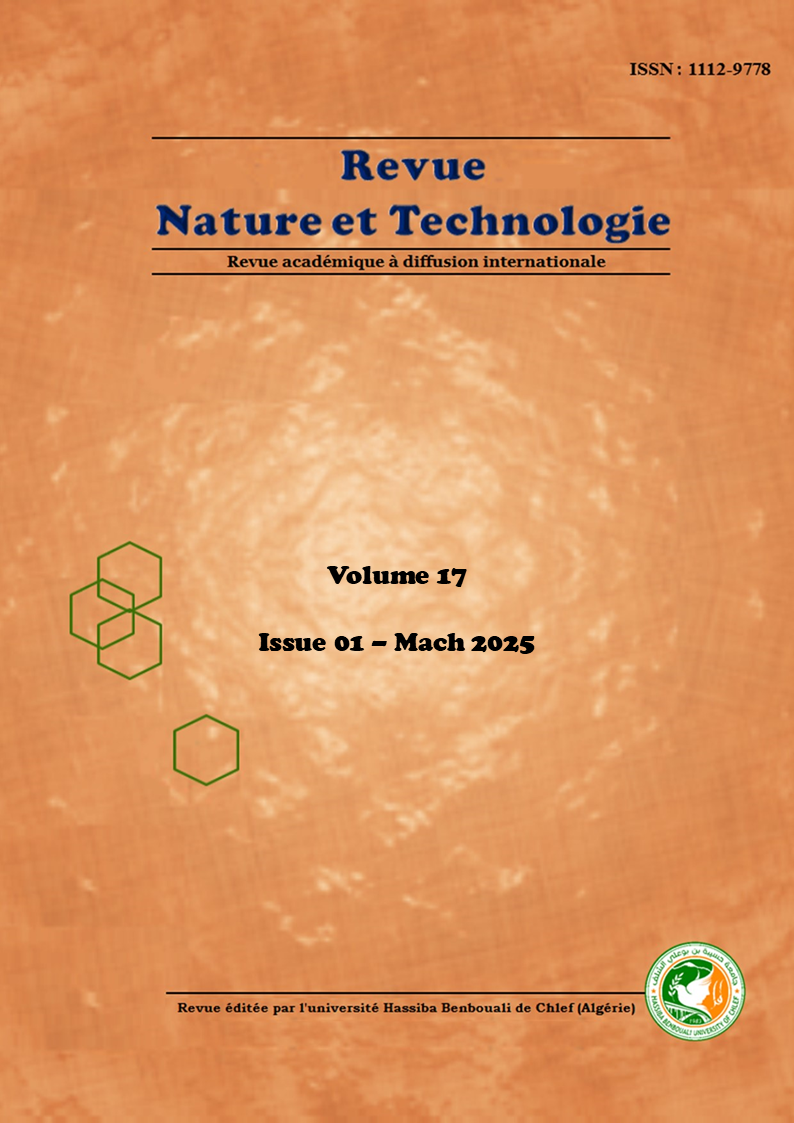Assessment of the Quality of Sheep Meat Consumed in Some Regions of Algeria
Abstract
This study aims to evaluate the quality of sheep meat marketed in three Algerian regions (Djelfa, Tiaret and Relizane). Samples were taken randomly immediately after slaughter from a leg of lamb of the local breed, aged between six and eight months and of uniform size. The results obtained showed a water deficiency (dehydration of the three meats), a pH ranging between 5.41±0.82 and 5.64±0.2, and a good water retention capacity in the meat from Relizane compared with the meat from Djelfa and Tiaret. The levels of dry matter, minerals, lipids and proteins are fairly similar and in line with the standards set by the official Algerian journal. In the regions of Tiaret and Relizane, the microbiological quality of the meat was satisfying, while that of Djelfa was considered unsatisfactory due to an excessive concentration of faecal coliforms, which exceeded established standards. Based on these findings, we infer that slaughter conditions, handling, preservation methods and production methods (feeding during the dry season) have an impact on the quality of sheep meat.

Downloads
Published
How to Cite
Issue
Section
License
Copyright (c) 2025 Revue Nature et Technologie

This work is licensed under a Creative Commons Attribution 4.0 International License.
- All publications of "Nature & Technology Journal" are available under CC-BY Creative Commons Attribution 4.0 International which allows sharing, copying, reproduction, distribution, communication, reuse, adaptation by all means, in all formats and under all licenses.
- Any exploitation of the work or derivative works, including for commercial purposes, is possible. The only obligation is to credit the creators of the authorship of the original works, to indicate the sources and to indicate if modifications were made to the works (obligation of attribution).
This License gives:
- Nature & Technology Journal the right to develop, promote, distribute and archive the article set cited above (including, without limitation, the right to publish the work in whole or in part in any form whatsoever) and ensure the widest dissemination.
- The author (s) reserves the right to use all or part of this article, including tables and figures of his own works, providing that the appropriate recognition is given to the publisher as the holder of the copyrights, and the right to make copies of this article for its own use, but not for sale.




